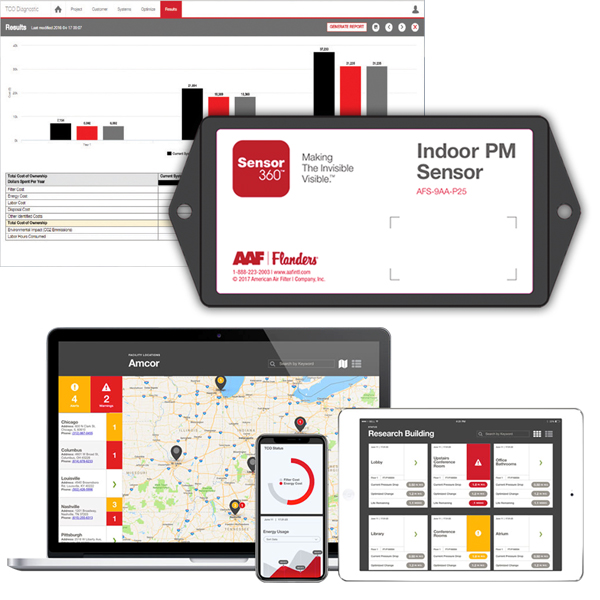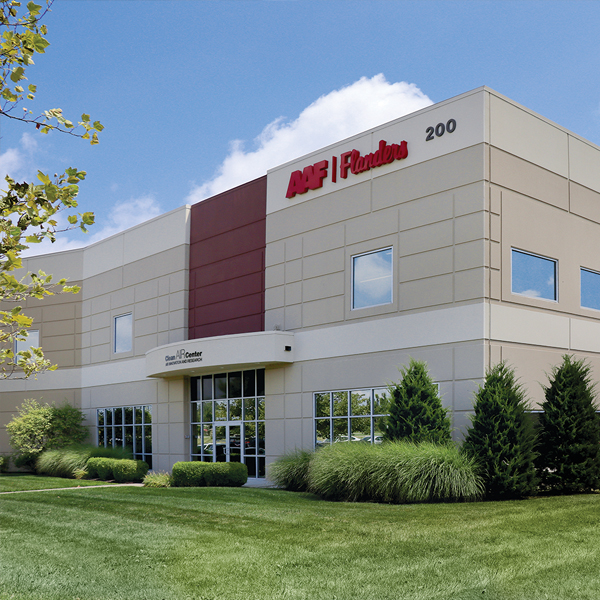

We’ve pioneered clean indoor air for over a century.
In 1921, engineer and entrepreneur Bill Reed developed a filter to remove dust from the air of his automotive paint shop. His company, Reed Air Filter, laid the foundation on which AAF was built.
This same decade, Reed Air Filter merged with seven other air filter manufacturers. American Air Filter Company (AAF) was formed.
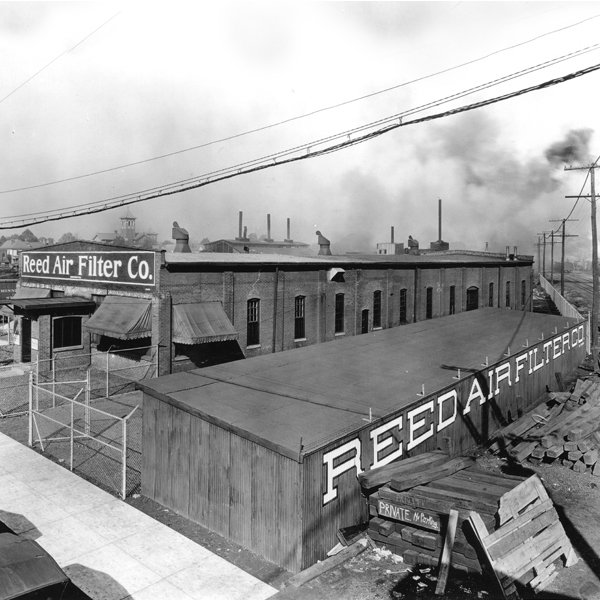
In 1935, AAF introduced the first high-efficiency, box-type filter. This decade began an era of innovation marked by several breakthrough products from AAF in the areas of air filtration and dust control.
Both the industrial and residential markets benefited from these innovative breakthroughs by increasing the quality of the indoor air. This led to the opening of two new AAF plants over the next decade to meet growing demand.

In the year after World War II, the U.S. Atomic Energy Commission was established by the American government. One of its initiatives was the development of innovative HEPA filters.
The Commission contracted New York cabinetmaker A.R. Allan, Jr. to make wooden frames to hold the filters. By 1950, his company, Flanders Filters, was making the filters as well. Flanders Filters became known for many of the world’s major innovations in HEPA filtration. AAF and Flanders merged in 2016.

In the 1950s, AAF invented the Roll-O-Mat®, the first automatic, self-renewable media filter. This system is still widely used to this day. Other AAF innovations of the 1950s include the first reverse-jet, dry-fabric dust collector.
AAF became an international company, adding locations in Canada and Europe.
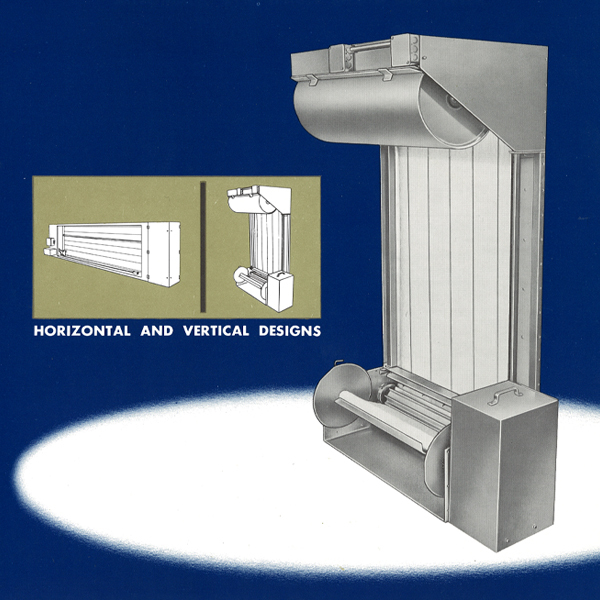
The DriPak®️ bag filter began as an AAF innovation for protecting both air quality and comfort in commercial and industrial applications. Today, it is one of the most common types of filtration in use. This innovative design can also be used as a pre-filter for HEPA filters.
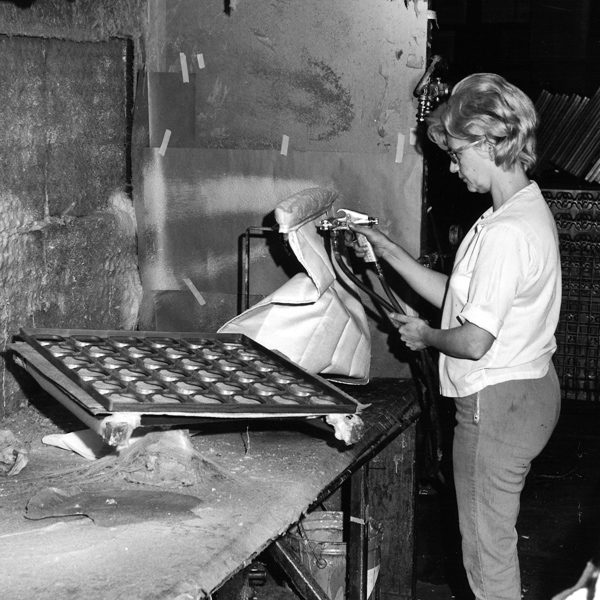
When NASA launched the Apollo 11 mission, AAF filters helped ensure the spacecraft didn’t accidentally deposit Earth-based contaminants on the moon. This remains one of our crowning achievements.
Our filters are still in space. Today, AAF supplies HEPA filters to the International Space Station.

Flanders introduced the first ULPA (Ultra-Low Particulate Air) filter. These innovative filters remove a higher percentage of small particles than standard HEPA filters, 99.999% or more of particles sized 0.12 microns.
Other AAF developments of the decade include the V-Bank HEPA filter, introduced in 1978.

High-efficiency filtration met space-saving design when AAF designed the VariCel II. This was the first high-efficiency, mini-pleat 4-inch-deep filter. Its slim profile was developed to significantly lower the costs of shipping, storage, handling and disposal.
This decade also saw AAF pioneer the use of HEPA technology in gas turbines, and Flanders create BLU-JEL, the first silicone-based HEPA fluid seal.
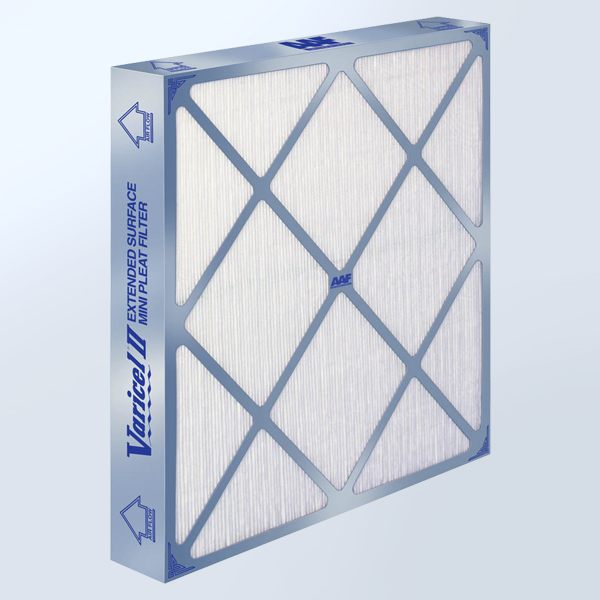
AAF introduced the first modular, expandable baghouse. This design builds on AAF’s innovative bag filter of the 1960s.
In the 1990s, AAF also began developing PTFE filters with Daikin Industries.

The new decade brought the introduction of PerfectPleat®, the world’s first self-supported pleated filter. This filter has a distinctive design that promotes even airflow and dust-loading. AAF would become a part of the Daikin Group in 2006.
In 2009, AAF introduced MEGAcel® I. This was the first HEPA filter with ePTFE filtration technology.
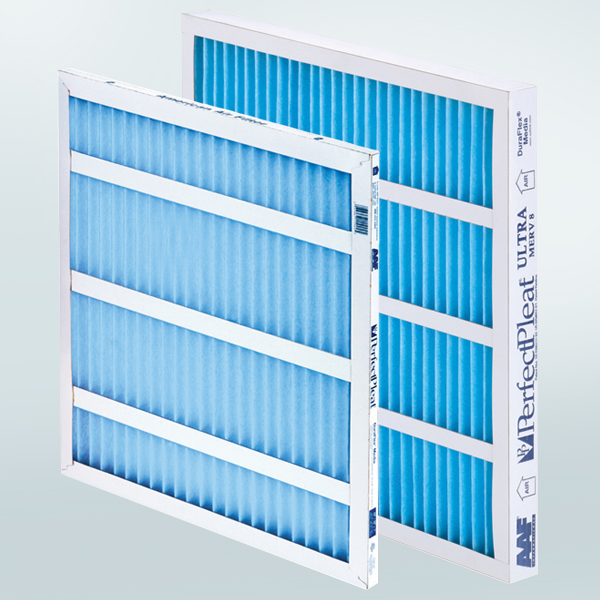
We began building on our foundation as a global leader in air filtration systems by adding IAQ monitoring software and technology. Over four years, AAF introduced many unique technology solutions, including TCO Diagnostic®️, Sensor 360®️ and VisionAir™️ Clean.
In 2016, AAF merged with Flanders to serve the commercial and retail segments. The next year, AAF introduced N-hance®, the world’s first E12 high-velocity filter for gas turbines.
